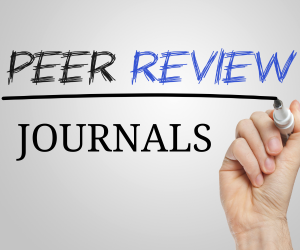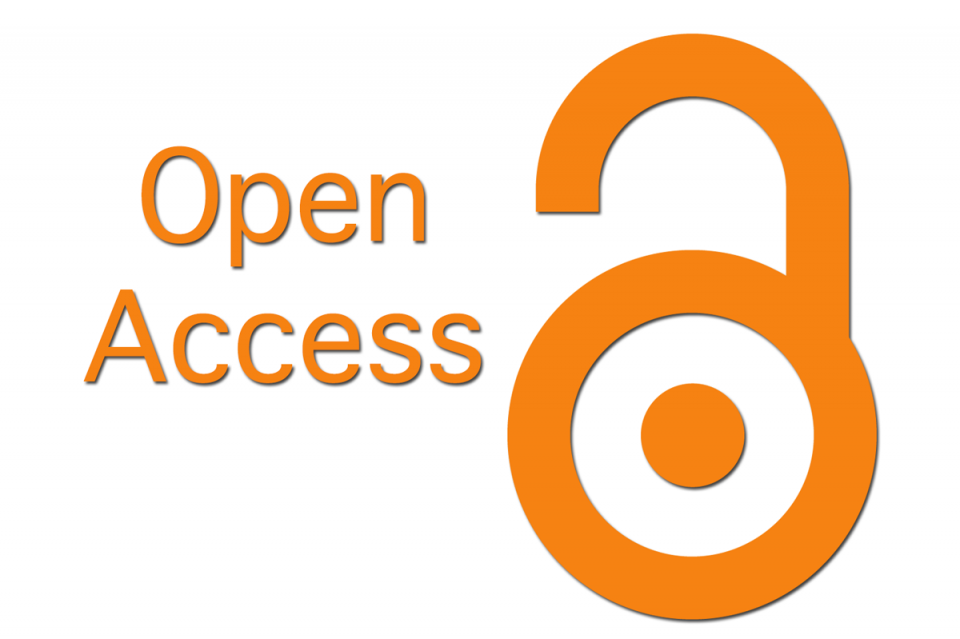THE SYSTEMATIC REVIEW OF STRESS URINARY INCONTINENCE
DOI:
https://doi.org/10.61841/tftecd63Keywords:
Stress urinary incontinence, urogynaecologicAbstract
Introduction: Stress urinary incontinence (SUI) affects around 400,000 women in Switzerland, constituting 60% of cases, with symptoms impacting daily life for over 77.5% of affected individuals, especially those over 40 and in nursing homes. The condition, often triggered by activities like laughing or coughing, ranges from minor leaks to more substantial urine loss, significantly affecting quality of life due to weakened pelvic muscles and other factors like menopause and obesity. Treatment options, from pelvic exercises to surgical procedures, require individualized care and a collaborative healthcare approach. This review aims to explore these advancements, focusing on recent studies in SUI management.
Methods: The researchers in this study followed the 2020 Preferred Reporting Items for Systematic Review and MetaAnalysis (PRISMA) guidelines to ensure that their work met the required standards. This was done to ensure the precision and reliability of the conclusions derived from the research.
Result: Our search produced 14 results. After looking at the titles and summaries, we discovered 12 papers that fit our criteria after excluding several articles because they did not fit into criteria. But after reading the full papers carefully, we included five papers in our final analysis. These papers included a retrospective observational study and several case reports.
Conclusion: Stress urinary incontinence (SUI) affects around 400,000 women in Switzerland, constituting 60% of cases, with symptoms impacting daily life for over 77.5% of affected individuals, especially those over 40 and in nursing homes. The condition, often triggered by activities like laughing or coughing, ranges from minor leaks to more substantial urine loss, significantly affecting quality of life due to weakened pelvic muscles and other factors like menopause and obesity. Treatment options, from pelvic exercises to surgical procedures, require individualized care and a collaborative healthcare approach. This review aims to explore these advancements, focusing on recent studies in SUI management.
References
Riemsma R, Hagen S, Kirschner-Hermanns R, Norton C, Wijk H, Andersson KE, Chapple C, Spinks J, Wagg A, Hutt E, Misso K, Deshpande S, Kleijnen J, Milsom I. Can incontinence be cured? A systematic review of cure rates. BMC Med. 2017 Mar 24;15(1):63. [PMC free article] [PubMed]
Ford AA, Rogerson L, Cody JD, Aluko P, Ogah JA. Mid-urethral sling operations for stress urinary incontinence in women. Cochrane Database Syst Rev. 2017 Jul 31;7(7):CD006375. [PMC free article] [PubMed]
Riemsma R, Hagen S, Kirschner-Hermanns R, et al. Can incontinence be cured? A systematic review of cure rates. BMC Med. 2017;15(1):63. Published 2017 Mar 24. doi:10.1186/s12916-017-0828-2
Rautenberg O, Zivanovic I, Kociszewski J, et al. Current Treatment Concepts for Stress Urinary Incontinence. Praxis (Bern 1994). 2017;106(15):829e-836e. Published 2017 Nov 16. doi:10.1024/1661-8157/a002843
Nambiar AK, Arlandis S, Bø K, et al. European Association of Urology Guidelines on the Diagnosis and Management of Female Non-neurogenic Lower Urinary Tract Symptoms. Part 1: Diagnostics, Overactive Bladder, Stress Urinary Incontinence, and Mixed Urinary Incontinence. Eur Urol. 2022;82(1):49-59. doi:10.1016/j.eururo.2022.01.045
Wang, X., Xu, X., Luo, J., Chen, Z., & Feng, S. (2020). Effect of app-based audio guidance pelvic floor muscle training on treatment of stress urinary incontinence in primiparas: a randomized controlled trial. International Journal of Nursing Studies, 103527. doi:10.1016/j.ijnurstu.2020.103527
Vigil HR, Wallis CJD, Zhang B, LaBossiere JR, Carr LK, Herschorn S. Stress Incontinence Surgery Does Not Cause Pelvic Malignancy: A Population-Based Cohort Study. J Urol. 2021;205(6):1725-1732. doi:10.1097/JU.0000000000001631
Karjalainen, P. K., Gillor, M., & Dietz, H. P. (2020). Predictors of occult stress urinary incontinence. Australian and New Zealand Journal of Obstetrics and Gynaecology, 61(2), 263–269. doi:10.1111/ajo.13290
Weber-Rajek M, Strączyńska A, Strojek K, et al. Assessment of the Effectiveness of Pelvic Floor Muscle Training
(PFMT) and Extracorporeal Magnetic Innervation (ExMI) in Treatment of Stress Urinary Incontinence in Women: A Randomized Controlled Trial. Biomed Res Int. 2020;2020:1019872. Published 2020 Jan 16. doi:10.1155/2020/1019872
Chmielewska D, Stania M, Kucab–Klich K, Błaszczak E, Kwa na K, Smykla A, et al. (2019) Electromyographic characteristics of pelvic floor muscles in women with stress urinary incontinence following sEMG-assisted biofeedback training and Pilates exercises. PLoS ONE 14(12): e0225647. https://doi.org/10.1371/journal.pone.0225647
Araujo, C.C., Marques, A .A ., Juliato, C.R.T., 2019. The adherence of home pelvic floor muscles training using a mobile device application for women with urinary in- continence: a randomized controlled trial. Female Pelvic Med. Reconstr. Surg. doi: 10.1097/SPV.0 0 0 0 0 0 0 0 0 0 0 0 0670 .
Asklund, I. , Nystrom, E. , Sjostrom, M. , Umefjord, G. , Stenlund, H. , Samuelsson, E. , 2017. Mobile app for treatment of stress urinary incontinence: a randomized controlled trial. Neurourol. Urodyn. 36 (5), 1369–1376 .
Brown, S.J. , Donath, S. , MacArthur, C. , McDonald, E.A. , Krastev, A.H. , 2010. Urinary incontinence in nulliparous women before and during pregnancy: prevalence, incidence, and associated risk factors. Int. Urogynecol. J. 21 (2), 193–202
Daly, D. , Clarke, M. , Begley, C. , 2018. Urinary incontinence in nulliparous women before and during pregnancy: prevalence, incidence, type, and risk factors. Int. Urogynecol. J. 29 (3), 353–362 .
Downloads
Published
Issue
Section
License

This work is licensed under a Creative Commons Attribution 4.0 International License.
Licensing
Ninety Nine Publication publishes articles under the Creative Commons Attribution 4.0 International License (CC BY 4.0). This licensing allows for any use of the work, provided the original author(s) and source are credited, thereby facilitating the free exchange and use of research for the advancement of knowledge.
Detailed Licensing Terms
Attribution (BY): Users must give appropriate credit, provide a link to the license, and indicate if changes were made. Users may do so in any reasonable manner, but not in any way that suggests the licensor endorses them or their use.
No Additional Restrictions: Users may not apply legal terms or technological measures that legally restrict others from doing anything the license permits.





